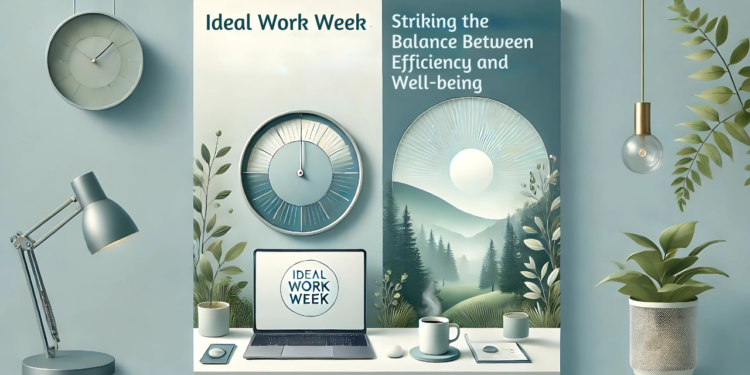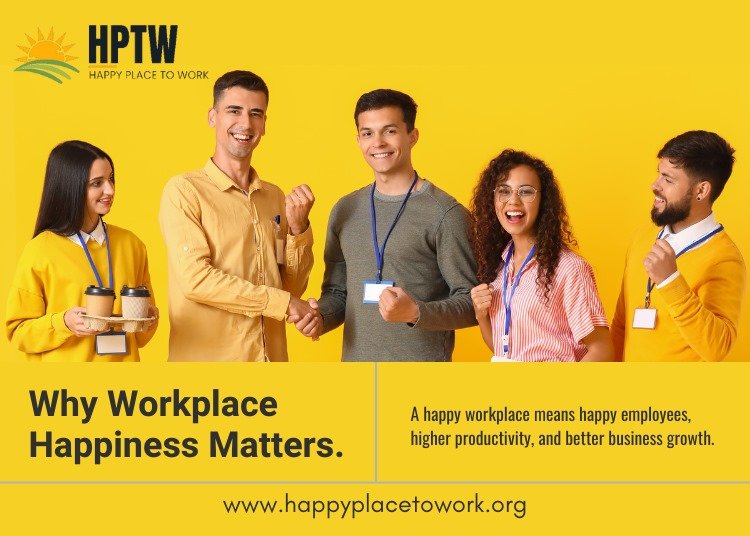In today’s rapidly evolving workplace, the relationship between work hours and employee efficiency is more complex than ever before. The 6 days work week model, which was designed during the industrial age, is increasingly being questioned as new research and real-world examples reveal that longer hours do not necessarily lead to higher productivity. Instead, the science of work hours points to a more nuanced understanding of how time, energy, and well-being intersect to drive efficiency.
While many developed countries have laws or cultural practices that encourage a balance between work and personal life, there are still variations, particularly in emerging economies . For example, countries like France, Germany, and Sweden tend to have shorter workweeks, whereas countries like Mexico, India, and China tend to have longer workweeks. The global trend is toward recognizing the importance of work-life balance, but the average workweek still varies widely by region. The U.S. has a relatively flexible work culture, with many employees working full-time (40 hours), but often with significant overtime in certain industries, leading to a lower average. The UK has a trend of shorter working hours, with part-time work being common. Work hours in India vary widely by industry, with many Industries working 6 days a week, often exceeding 8 hours a day.

For decades, many believed that the more hours an employee worked, the more they would accomplish. However, research consistently shows that this assumption is false.Working long hours without adequate breaks can lead to cognitive fatigue. The brain’s capacity to focus and make decisions diminishes after extended periods of work, leading to diminishing returns in productivity.
According to a study by the University of California, Berkeley, after about 50 hours of work a week, employee efficiency significantly drops.The law of diminishing returns suggests that after a certain point, additional hours of work result in reduced efficiency. This means that after a few hours of intense concentration, employees are more prone to errors and less able to solve complex problems. A study conducted by Stanford University found that after working more than 50 hours a week, productivity per hour sharply declined, and those working beyond 55 hours achieved almost no additional output.
“After 50 hours of work per week, employee efficiency significantly drops, revealing that longer hours don’t equate to higher productivity.”
One of the key principles in maximizing efficiency is the concept of deep work, popularized by author Cal Newport. Deep work refers to periods of intense focus where employees work without distractions. Study shows that employees can accomplish more in a shorter time if they engage in deep work rather than multitasking. Ulric Neisser, a cognitive psychologist, suggests that the brain can focus intensely for only about 90 minutes at a time. After this, a brief period of rest is required to maintain high cognitive performance. The science of work hours also highlights the importance of rest and recovery.
“Deep work allows employees to accomplish more in less time by fostering intense focus and minimizing distractions.”
Taking breaks throughout the day not only improves focus but also prevents physical and mental exhaustion, leading to improved overall performance. Sleep is a crucial component in the science of work hours and employee efficiency. Lack of sleep leads to cognitive decline, decreased attention, and increased susceptibility to mistakes, all of which hurt productivity.Research from the National Institutes of Health (NIH) reveals that even small amounts of sleep deprivation (e.g., 1-2 hours less than the recommended 7-9 hours) can result in a decline in cognitive abilities, including memory and decision-making skills.Encouraging employees to get adequate sleep and rest improves overall job performance and reduces the risk of burnout, ultimately leading to better efficiency at work.
One of the most important aspects of maximizing employee efficiency is recognizing that one size does not fit all. By recognizing the diverse needs of employees and Business Priorities ,organizations can create schedules that cater to different working styles, balancing the needs of all team members while maximizing output.
“Balancing work hours, adequate rest, and mental well-being is not just a luxury—it’s a necessity for sustainable performance.”
The science of work hours and employee efficiency reveals that working long hours is not synonymous with high productivity. Instead, a balance of focused work, adequate rest, mental well-being, and flexibility is essential for achieving sustainable performance.Organizations that prioritize employee well-being, understand the cognitive limits of their employees are more likely to foster an efficient, productive, and engaged workforce. As businesses continue to adapt to modern work environments, incorporating scientific insights into work-hour policies can lead to a more innovative, motivated, and ultimately successful workforce.
Read Also : Entering 2025, TA Leaders’ Success Built on More than Just Hiring, Says The Josh Bersin Company
People Analytics Teams Still Struggle to Deliver Business Impact, Warns The Josh Bersin Company
ESG and Women’s Leadership: Driving Sustainability and Inclusion
Learning and Development Trends for 2025: Shaping the Future of Workplace Learning










